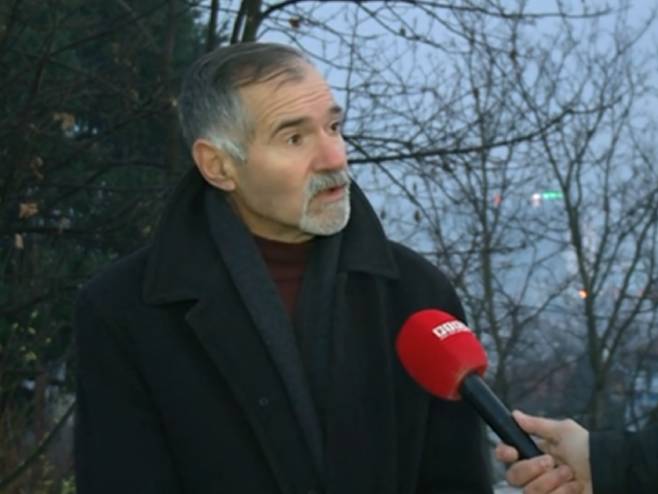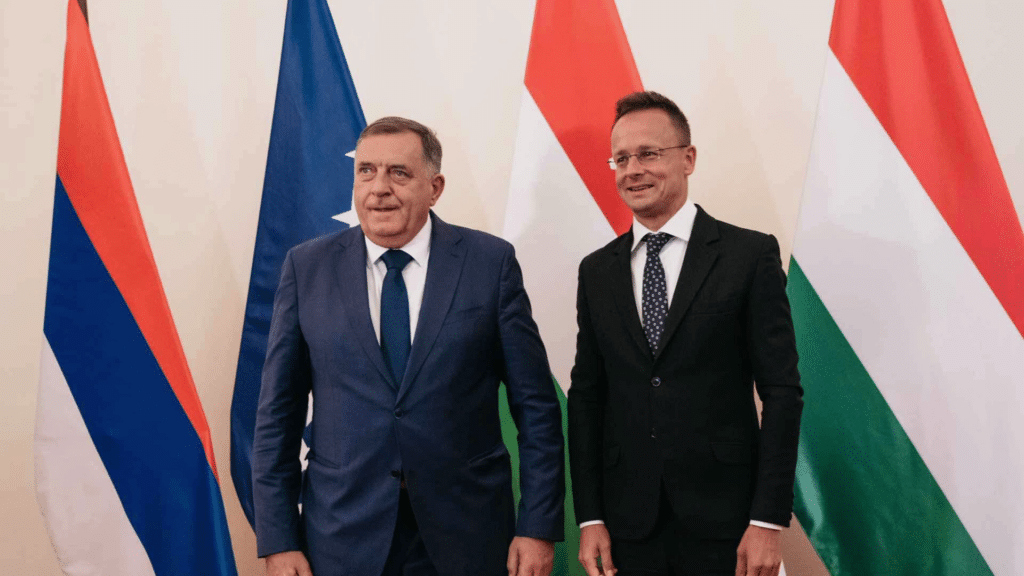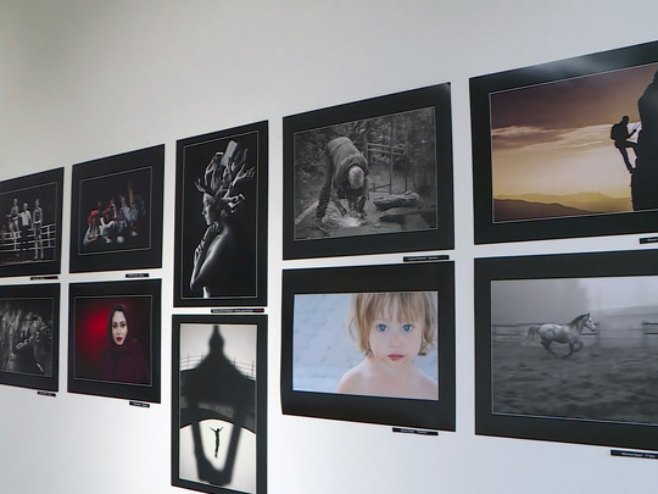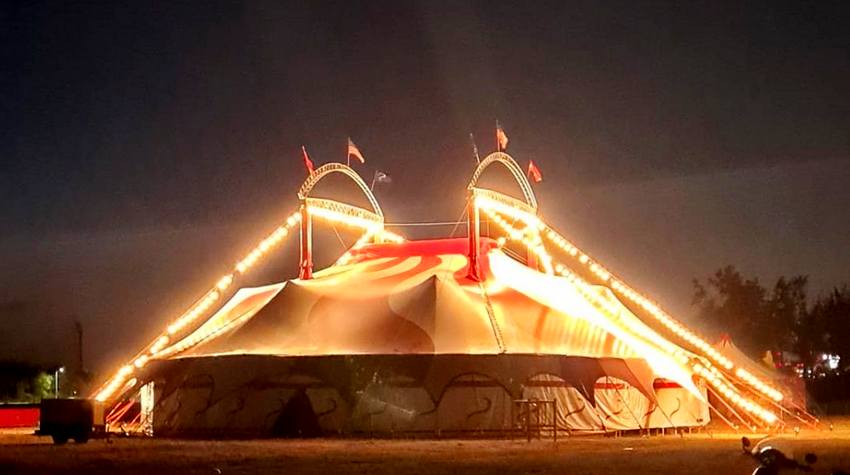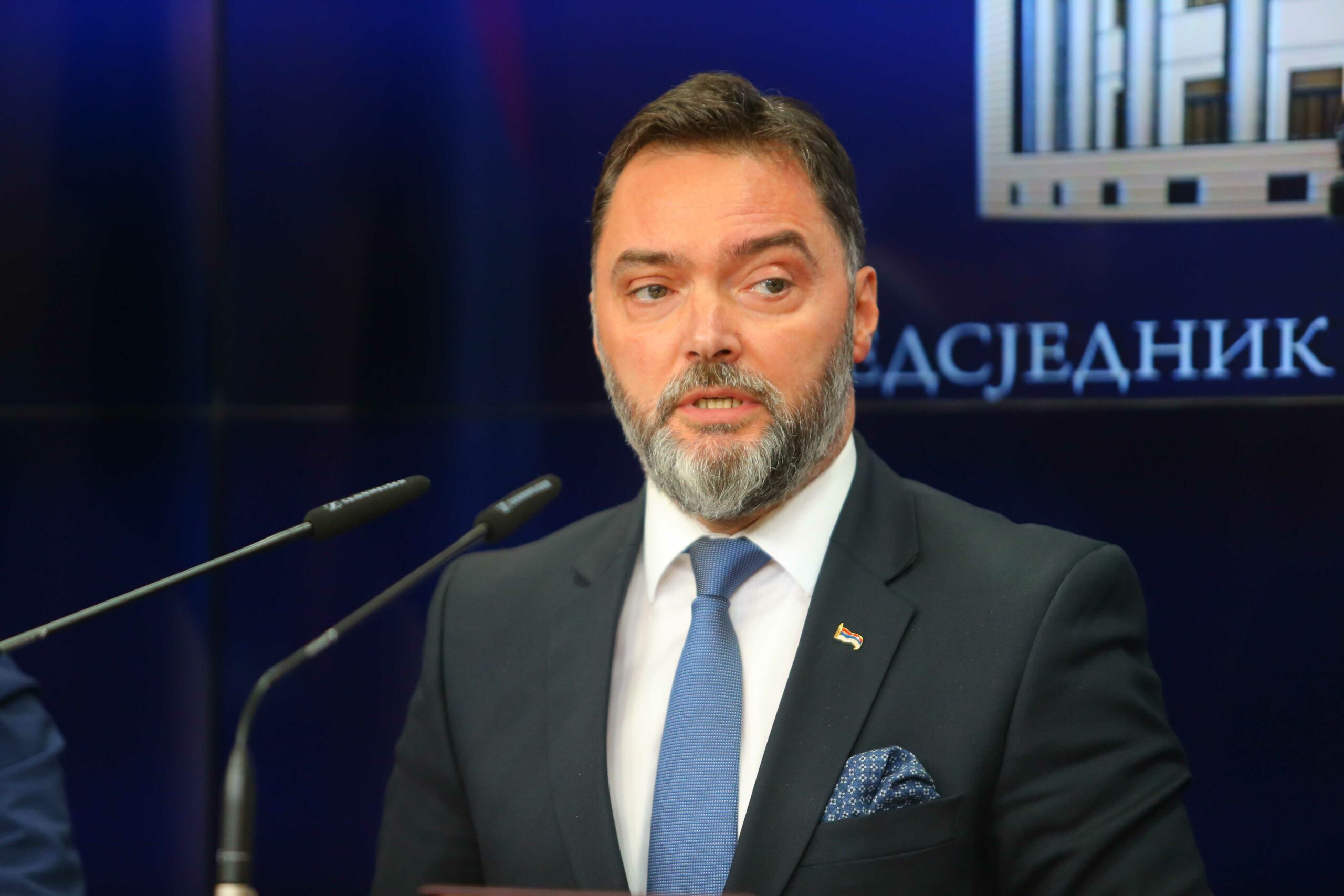Rafting camps on the Drina and Tara rivers are enjoying an excellent season this summer, according to current data.
Compared to last year, the number of tourists has increased by 15 to 20 percent, thanks to favorable weather conditions and the increasingly rich offerings of Foča’s camps.
In addition to rafting in inflatable boats, tourists can enjoy kayaking, mountain excursions by quad or electric bike, canyoning, and numerous hiking trips.
Foča continues to expand its adventure tourism offer and is rapidly becoming a regional tourism leader alongside Plužine in Montenegro, the municipality with which it shares the Tara River, says Milan Rudinac, owner of the “Wild River” camp.
In addition to the usual rafting on the Tara and Drina, kayaking is becoming increasingly popular, especially among foreign visitors.
“We are a relatively small camp, focused on rafting, kayaking, and trips to Trnovačko Lake. During weekdays, we mostly welcome foreigners, and they are particularly interested in kayaking. We offer tandem and single inflatable kayaks, and we now organize more of these trips, both on the Tara and Drina. On weekends, we host standard excursions for domestic tourists from Serbia, Montenegro, and BiH, and at the mid-point of the season, we are satisfied with the turnout,” Rudinac told Radio Foča.
Kayaking uses the same safety equipment and suits as rafting, says Rudinac, with tourists being prepared differently for balance and paddling techniques.
“We do the same routes and destinations, but kayaking is more thrilling for tourists. The perspective is different—you’re literally sitting on the water compared to being in a raft,” he added.
Tourists from across Europe—and beyond—are visiting the Tara and Drina rivers and the surrounding mountain beauty. This year, aside from the usual high number of Serbian visitors, the camp has seen the most guests from Poland and Hungary.
Foča’s rafting camps nestled along the Drina and Tara offer accommodation in bungalows, ranging from two-bed to seven-bed units, all surrounded by calming greenery.
The Drina-Tara Rafting Center is one of the largest camps in Foča in terms of accommodation capacity and service diversity.
Camp manager Vladimir Tešan noted that signs of a strong season were evident early on.
“We have 15 to 20 percent more guests. We’re pleased, the weather has been on our side—May and June were great,” Tešan said.
The majestic Tara canyon, its stunning color, and the exciting boat rides through its sparkling rapids are the main draw, but the offer grows every year.
A highlight is the quad tour to the canyon’s rim and the mountain lakes of Zelengora. The camp also offers canyoning adventures on the Hrčavka river and in Montenegro’s Nevidio canyon on the Komarnica River, as well as guided hikes to the Perućica rainforest and other destinations in the “Sutjeska” National Park.
This year, electric bike excursions were introduced, offering a new type of adventure.
“We launched a new package called ‘E-bike adventure’ in Tjentište, which is very affordable and includes visits to the rainforest, Skakavac waterfall, and the National Park—done on brand new, fully functional electric bikes,” Tešan explained.
The rafting camps also collaborate with the “Zlatni bor” cheese farm and the “Velenići” horse-riding club, both located on the edge of the Tara canyon. Tourists who come for rafting often visit these destinations, enjoying the breathtaking views of Europe’s deepest canyon and surrounding mountain ranges—Durmitor, Maglić, Ljubišnja, and Radovina.
“In partnership with the Velenići Horse Club, we offer a fantastic rafting and safari combo. Tourists can also try the zip line over the deepest part of the canyon and go horseback riding or visit the stable of purebred Arabian stallions,” added Tešan.
In recent years, many camps have added pools. While this camp still prioritizes the river, this year they created two natural river pools on the Drina, set up a beach, and added sun loungers—another novelty.
As usual, most guests come from Serbia, followed by Slovenians. The camp also cooperates with agencies from Hungary and Bulgaria, and this year has seen a rise in tourists from the United States.
A key part of the experience in Foča’s rafting camps is the traditional local cuisine.
The camps aim to offer mostly traditional dishes made with locally sourced ingredients. The “Paradise River” camp, which has been operating for eight years, is no exception. Employee Srđan Kulić says they serve regional specialties like veal under the bell, grilled fish, goulash, prosciutto, bacon, cream, homemade fritters, and desserts.
“Veal under the bell and grilled fish are the most popular. Tourists love our food. Just yesterday, we had two Swiss guests who left very happy—they really liked the veal,” said Kulić.
Visitors can also enjoy sports like football, beach volleyball, table tennis, swimming in the pool, and live music on weekend evenings.
In addition to rafting, this camp offers jeep safaris in the “Sutjeska” and “Durmitor” national parks and through the Tara canyon, horseback riding, zip line in Velenići, mountain hiking, canyoning on Hrčavka, and recently—cruising on Lake Piva.
“Organized transport takes guests to Montenegro’s Piva Lake, where a guided boat tour lasts about two and a half to three hours. Rafting is the main attraction, but other packages are increasingly popular. Just recently, we had Dutch guests go on a jeep safari and Germans who tried canyoning and hiking on Maglić,” Kulić concluded.
Source: See Srpska

